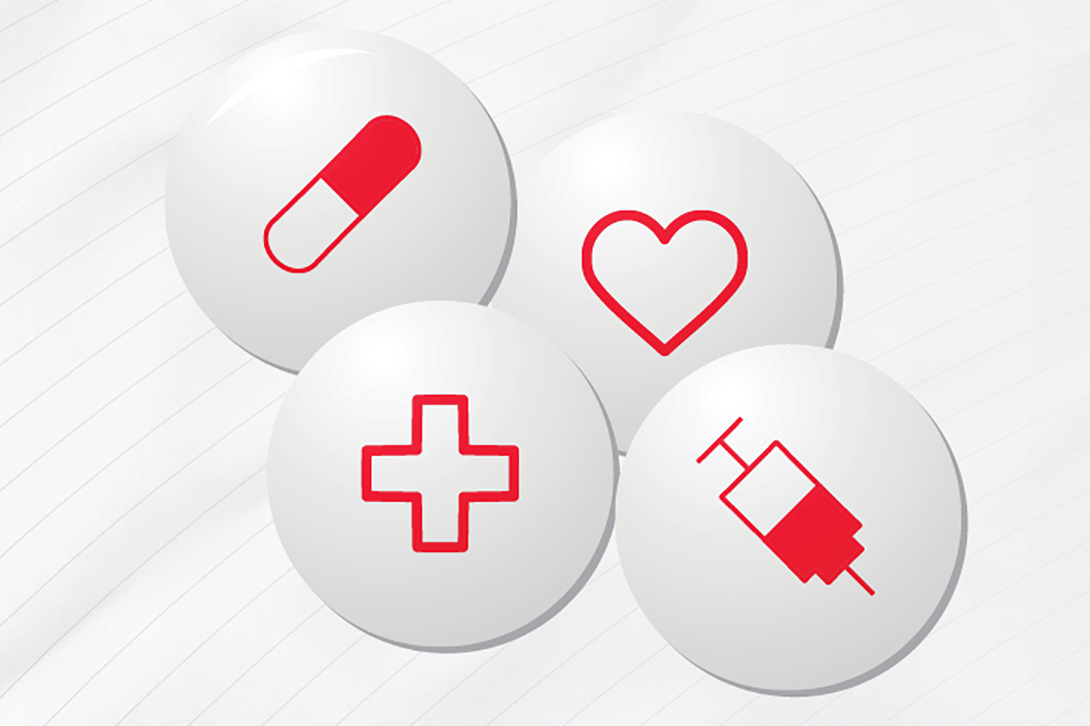Strokes are a leading cause of death in the United States, affecting hundreds of thousands of people a year. The condition is preventable, and understanding the signs and symptoms may even help save lives.
Stroke Awareness Month, which takes place every May, hopes to spread the word about what communities and individuals can do to stay healthy and identify potential strokes. Kathleen Burger of the George Washington Medical Faculty Associates spoke to George Washington Today and shared her top prevention tips and list of what people should know.
Q: Why was Stroke Awareness Month created? What are some of the issues this effort hopes to raise?
A: 800,000 persons per year are afflicted with stroke in the United States. It is the fifth-leading cause of death in this country. Approximately 6 million Americans live with disability due to stroke. Through community outreach and education, we can provide information on how to prevent many strokes.
Q: Tell us a bit about strokes—what are the different types?
A: The most common type of stroke is an "ischemic" stroke, where a clot blocks a blood vessel that supplies an area of the brain. That area of the brain then dies, and causes symptoms such as paralysis of one side of the body, difficulty speaking and partial visual loss.
Q: Who is at risk for strokes? How can people prevent strokes?
A: Those with high blood pressure, diabetes, high cholesterol, obesity, and smokers are at a higher risk of stroke. Routine screening and treatment of high blood pressure, high cholesterol, and diabetes; avoiding tobacco; and maintaining a healthy lifestyle through healthy diet and plenty of exercise can all reduce risk of stroke.
Q: What can the GW community do to help raise stroke awareness?
A: The goal of GW’s stroke/trauma awareness day on May 20 hoped to do just that. We hosted an awareness event outside the hospital, just steps away from the Foggy Bottom Metro entrance. All members of our community were invited to stop by for blood pressure screenings, an education of preventable stroke risk factors and a quick tutorial on what to do if you think you or a loved one are having symptoms of stroke.
Members of the community should also keep in mind that warning signs of stroke can be remembered easily with use of the F.A.S.T. pneumonic:
F: Face weakness or droop on one side of face (you can spot this when looking at yourself in the mirror or at the face of a loved one)
A: Arm weakness
S: Speech slurring or the inability to speak
T: Time to act: Call 911 immediately! Life saving stroke treatment can only be provided within a few hours of stroke symptom onset.


